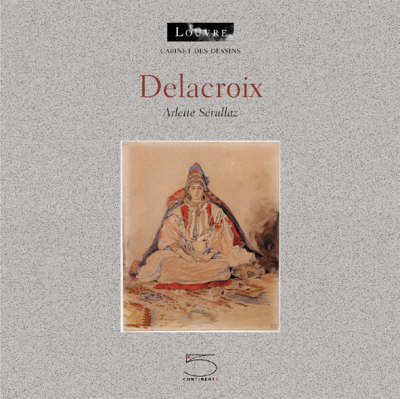Drawing Gallery
1 total work
Delacroix drew continously all his life. The thousands of sheets dispersed at the time of the sale held after his death bear out the importance the artist attached to this aspect of his work. Featuring over three thousand drawings owed in particular to the generosity of a great collector, Etienne Moreau-Nelaton, the Louvre collection by itself illustrates the complexity of a versatile genius whose style over the years evolved toward a more and more intense lyricism and a clear synthesis of the forms refashioned by his imagination. Whether he would call upon the inexhaustible "dictionary" nature offered him or draw from memory or sheer invention or again as was often the case respond to a literary text, Delacroix was a paradoxical draughtsman, heedful of tradition but always overstepping it. He used almost every graphic technique alternately or combined: charcoal, red chalk, pastel, graphite pencil, pen, watercolour or wash, carrying them to the height of achievement or even to their breaking point. His teeming drawings expertly and ardently interweaving lines and colours, feverish hatching and sensual curves cast a bridge between past and present.
